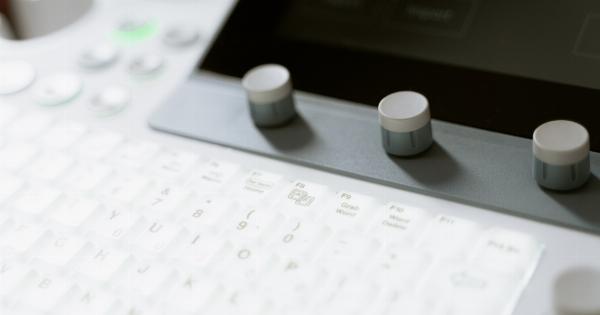Exercise is important for keeping your body fit and healthy. However, for those with low blood pressure, exercise needs to be approached cautiously. In this article, we’ll provide some tips for exercising safely and successfully with low blood pressure.
What is Low Blood Pressure?
Before we dive into tips for exercising with low blood pressure, let’s first define what we mean by low blood pressure. Also known as hypotension, low blood pressure occurs when the force of blood pushing against the artery walls is lower than usual.
A normal blood pressure reading is typically around 120/80 mm Hg. A reading of 90/60 mm Hg or lower is considered low blood pressure.
Some people naturally have low blood pressure and don’t experience any symptoms, but for others, it can cause dizziness, fainting, or other unpleasant symptoms.
Benefits of Exercise for Low Blood Pressure
Despite concerns about overexertion, exercise can be beneficial for people with low blood pressure. When done correctly, exercise can help increase blood flow and improve a person’s blood pressure reading.
Not only that, but exercise also has other health benefits that can help improve overall wellbeing and reduce the risk of other health conditions, such as heart disease, stroke, and diabetes.
Tips for Exercising with Low Blood Pressure
Now that we’ve covered why exercise is important for people with low blood pressure, let’s talk about some tips to help you exercise safely and successfully.
1. Consult with a Doctor
Before starting any new exercise routine, be sure to consult with your doctor first. They can help you understand what type and intensity of exercise is safe for you based on your medical history and current health status.
2. Start Slowly
If you haven’t been regularly exercising, it’s important to start slowly and gradually increase the intensity and duration of your workout.
Begin with light exercises, such as walking or gentle stretching, and gradually build up to more intense activities, such as jogging or weightlifting.
3. Choose Low-Impact Exercises
Activities that are low impact, such as swimming, cycling, or yoga, can be beneficial for people with low blood pressure.
These workouts are less strenuous on the body and won’t put as much stress on the heart, making them a safer option for those with low blood pressure.
4. Monitor Your Heart Rate
During exercise, it’s important to monitor your heart rate to ensure that it stays within a safe range. A heart rate monitor can be helpful in tracking your heart rate to avoid overexertion and maintain a safe level of activity.
5. Stay Hydrated
Dehydration can cause a person’s blood pressure to drop, so it’s important to drink plenty of fluids before, during, and after exercise.
Water is typically the best choice for staying hydrated, but sports drinks can also provide added electrolytes and carbohydrates.
6. Take Breaks as Needed
If you start to feel dizzy or lightheaded during exercise, take a break and rest until you feel better. It’s important to listen to your body and not push yourself too hard, as this can lead to fainting or other complications.
7. Avoid Hot Environments
Hot environments, such as saunas or hot tubs, can cause blood vessels to dilate and lower blood pressure, which can be dangerous for those with low blood pressure. It’s best to avoid these types of environments or limit exposure to them.
8. Wear Compression Stockings
Compression stockings can help improve blood flow and prevent blood from pooling in the legs, which can be helpful for those with low blood pressure. Speak with your doctor to see if this is a recommended option for you.
9. Be Mindful of Changes in Medications
If you take medication to control your blood pressure, be sure to speak with your doctor before starting a new exercise routine.
Changes in activity level can sometimes impact how drugs are absorbed by the body and may require a change in dosage or medication type.
10. Listen to Your Body
Above all else, it’s important to listen to your body and do what feels comfortable for you.
Pushing yourself too hard can be dangerous, so make sure you’re staying within a safe range of activity and paying attention to any physical symptoms or changes in the way you feel.
Conclusion
Exercising with low blood pressure requires caution, but it can be done safely and successfully with the right approach.
By following these tips and consulting with your doctor, you can reap the benefits of exercise while keeping your blood pressure under control.





























